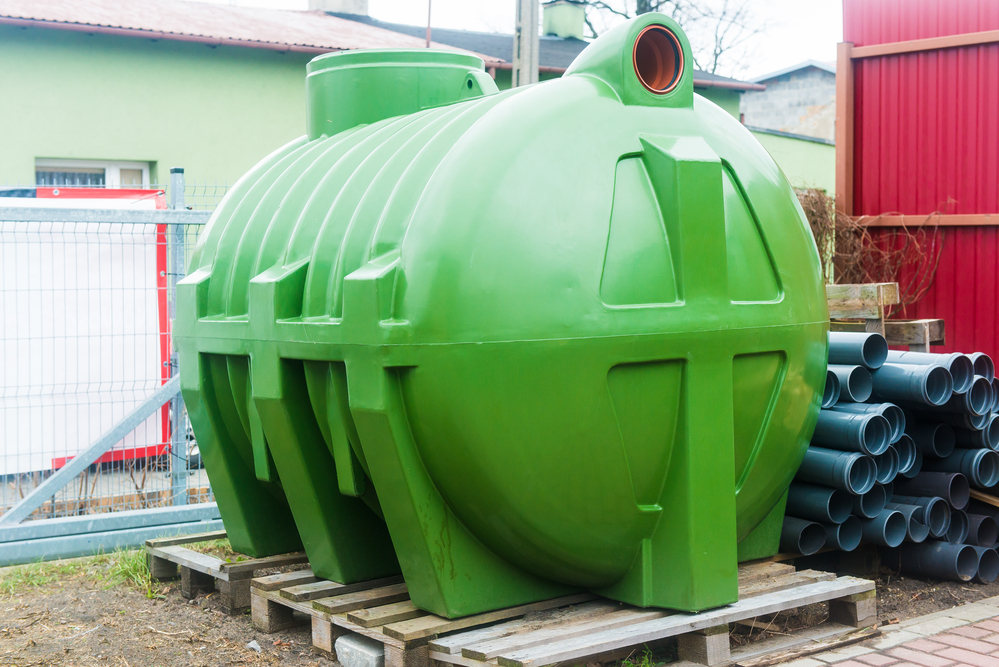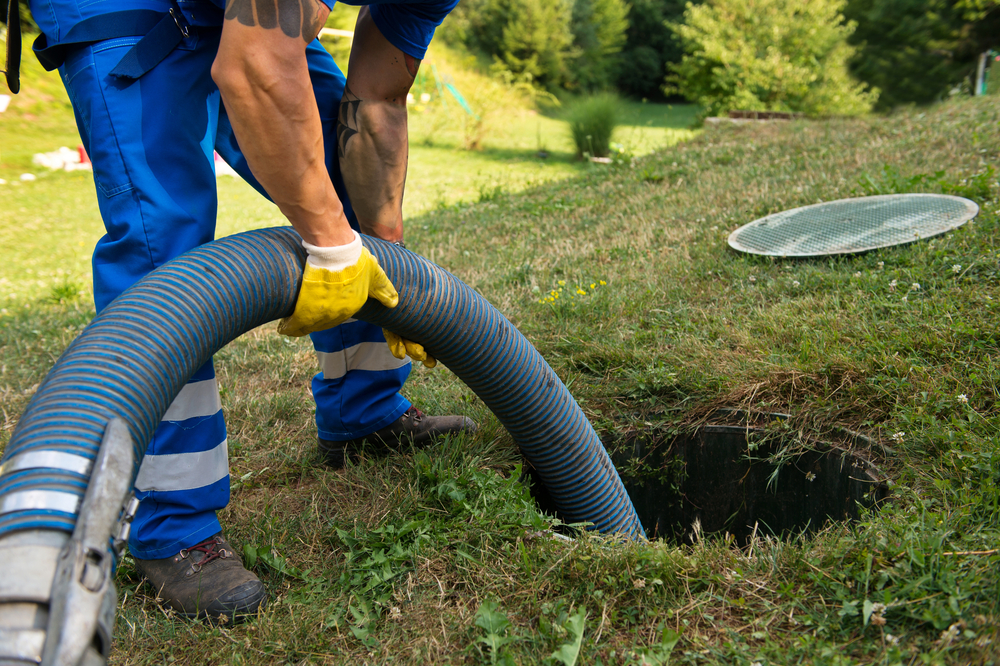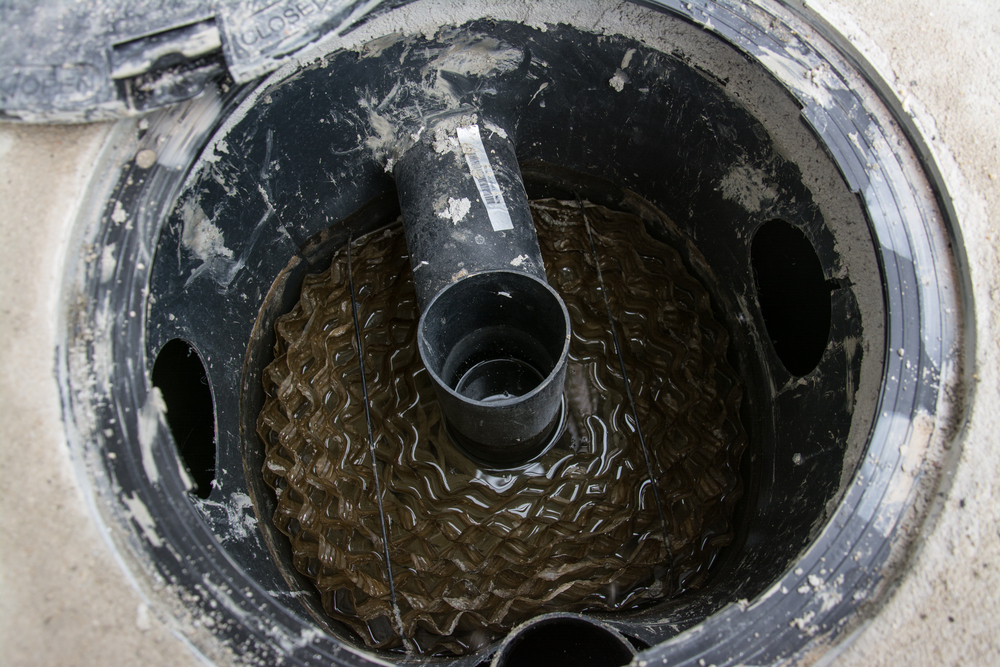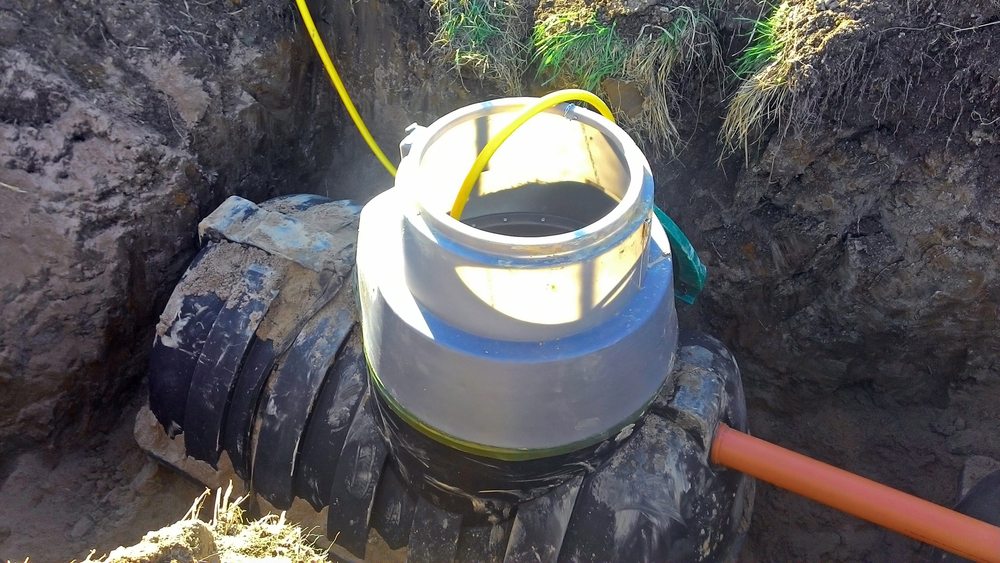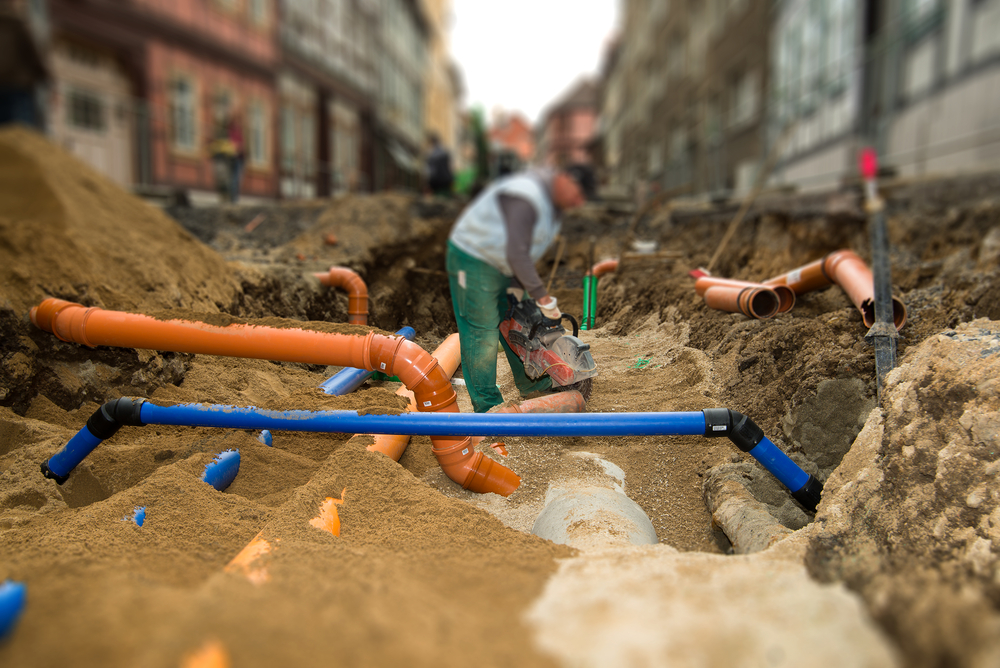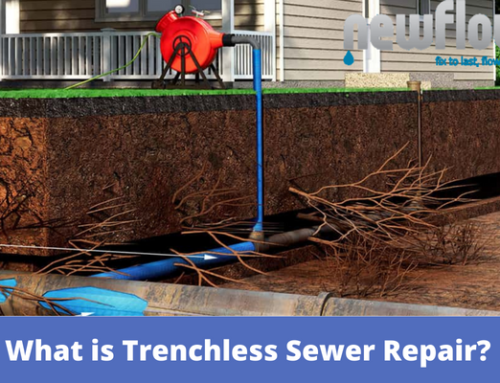Septic Vs Sewer: What’s The Better Choice?
Septic vs. sewer, the ultimate question. Are you trying to figure out which is the better choice for your home? Follow along! This article will describe how both systems work, their benefits, the cost to install them, and more. Let’s start with septic tanks first.
How Does A Septic System Work?
A septic tank is an on-site underground waste disposal system. A well-made and correctly installed septic tank can last for decades. All waste from your drain pipes flows to the septic tank.
Septic tanks use the collected waste and the bacteria inside to break down their contents. Heavier waste composed of inorganic material and byproducts of bacterial digestions fall to the bottom of the tank. A layer of fats, greases, oils, and lighter waste will float to the top.
Most of the waste inside the septic tank is watery, also called “effluent.” This waste travels through an outlet pipe that transfers the watery waste to a drain field, where it settles into the ground.
Parts Of A Septic System
The septic system comprises four parts, the drain pipe, the tank itself, the drain field, and the soil in and under the drain field.
- The main drain pipe takes the waste from your fixtures and sends it to your septic tank.
- The septic tank is the next part, coming in different sizes from 750 to 1250 gallons. This is where bacteria break down the waste and split it into sludge (the heavier waste) and scum (the lighter waste).
- The drain field is part three. After waste reaches your tank, an equal amount of wastewater fill flows into the drain field, a network of buried perforated pipes and soakers.
- Now the soil gets to work. The wastewater meets oxygen and microbes that help digest and filter the water into the ground.
Cleaning A Septic Tank
If your septic tank collects enough garbage that you shouldn’t have flushed, it could need pumping to remove the sludge and scum. Things like cigarettes, diapers, and coffee grounds often cause problems due to them decomposing very slowly. Garbage disposals can send too much waste to the system all at once. Lint from washing machines can’t be broken down in the tank or drain field.
Other problems include,
- Chemicals like disinfecting cleaners and antibacterial soaps can kill the bacteria needed to break down the waste.
- Too much wastewater over a short time can overwork the tank and cause it to back up.
- Too much sludge can reduce the bacteria’s ability to break down the waste. Excess sludge can overflow into the drain field.
- Pipes can be clogged by too much sludge or scum.
- Roots from trees and shrubs can clog and damage the drain field.
- Compacted soil and gravel block effluent from seeping into the soil and deprive bacteria of oxygen.
Tanks could use a thorough pumping every 1-3 years, depending on the size of your tank and the amount of waste you make.
Pros Of A Septic System
Below are some key benefits when it comes to installing or buying a home with a septic tank. In rural areas, septic tanks are more commonly used.
- Cost-Efficient – Compared to extensive sewer lines, which can be a pain to install and connect to the city, septic tanks are cheaper to install.
- Durability – When properly maintained, a septic tank rarely needs to be replaced.
- Environmentally Friendly – Septic tanks do not contaminate the local water supply, removing bacteria mentioned in the process above.
- Independence – Septic systems are not affected by community clogs, overflows, or backups like a sewage system.
Cons Of A Septic System
Below are some cons when it comes to a septic system.
- Requires Periodic Maintenance – Every 1- 3 years, and sometimes up to 5, your septic tank needs to be pumped out.
- Backed Up Drains – The septic lines can get clogged by a variety of materials. Signs of a backup include slow sinks, slow toilets, and clogged drains.
- Broken Pipes – From personal experience, if a pipe from your septic system breaks, it can leak foul-smelling waste into your yard. You will notice the smell first and then an excessive growth in the grass in the area.
Cost To Install A Septic System
On average, the cost of installing a new septic tank system is $3,900. The price ranges from $1,500 to $5,000 for a typical 1,250-gallon tank, an ideal size for a three- or four-bedroom home. This cost includes the tank itself, which costs $600 to $2,100 or more, depending on the type.
How Does A Sewer System Work
Waste travels from your main drain pipe under your home and connects to the city sewer line at the street or curb. The city connection then leads to a water treatment plant where wastewater is treated and cleaned to be reused.
Parts Of A Sewer System
Broken up into two parts, your sewer line is split between, Upper and Lower.
Upper Sewer Lateral – The upper lateral is the section of pipe that’s closest to your home. The upper starts where your pipes leave your home to a cleanout at the sidewalk or property line. These lines run underneath your yard and foundation.
Lower Sewer Lateral – The lower lateral starts where the upper ends and goes to the city-owned mainline. The lower is usually underneath the public road.
Note: If there is no cleanout on the upper lateral ends, the lateral sewer line is not usually split between upper and lower portions.
Cleaning A Sewer System Using Hydro-Jetting
Hydro-jetting is a safe, effective method of pipe cleaning. Hydro-jetting can clean out all of your sewer and plumbing lines, built to work with all sorts of pipes in or around your home. Plumbers use a CCTV sewer camera to find out where most blockages are coming from. Hydro-jetting uses a self-propelled nozzle that shoots up to 4,000 PSI of water, blasting everything in its path.
The hose is connected to a tank of water and a machine that creates the pressure. Your pipes are accessed using one cleanout, a section of pipe with a removable cap. Hydro-jetting utilizes different nozzles for different obstructions. Some are for tree roots, while others only clear away sludge.
Pros Of A Sewer System
Your local municipality usually maintains sewer systems after waste leaves your main sewer line. You generally handle the sewer lines on your property, but the pipes under the street fall under the city’s responsibility.
- Rain And Storms – Sewer systems are designed to withstand heavy periods of rain that could overwhelm a smaller, failing, or unmaintained septic system.
- Easier Cleaning – When it comes to a septic system, you have to have it cleaned out and pumped once every few years. Cleaning a sewer system doesn’t involve digging up your yard like it takes to clean out a tank. You also don’t have to smell the foul smell that comes with opening the septic tank.
- Excess Water – Sewer systems can handle increased water flow, such as a large laundry load or multiple showers in a day. Septic tanks can get overwhelmed and clog with the excess work.
Cons Of A Sewer System
Below are some common cons of a sewer system.
- Connection – When connecting your home to an existing sewer system, it can be expensive if your home is in a rural area. That’s usually where septic tanks win the most.
- Damage – When sewer lines collapse or break on your property, it’s up to you to fix the problem (the city is responsible only for the pipes under the street).
- Annual Charges – Homeowners can expect to pay anywhere from several to a few hundred dollars in annual charges for a sewer system. Sewer bills are usually combined with public water charges and weekly trash removal.
- City Clogs – Many homeowners will be affected if there is a clog in the city sewer line. Not just one in the case of a septic tank failure.
Cost To Install A Sewer System
Installation for a new main sewer line costs $3,200 on average, with a typical range of $1,300 and $5,000. Once the plumber places the line, you may pay an additional $500 to $20,000 for hookup to the city sewer. Cities set prices depending on local water resources and the current setup on the street.
For more information read also – The sewer relining process.
Septic Or Sewer Problems?
It’s time that New Flow Plumbing comes in to save the day. We’ll get you started with a CCTV sewer camera inspection to determine where your problems come from. Then, we give you a free repair estimate, followed by available repair options. Whatever the issue, New Flow Plumbing will have your plumbing running perfectly again.


